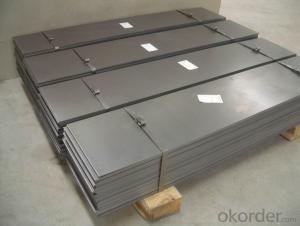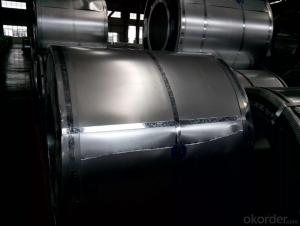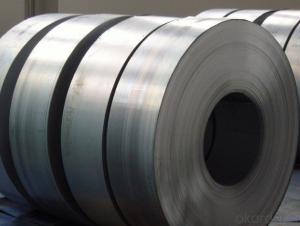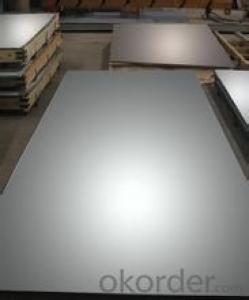Stainless Steel Plate ASTM Standard 200,300,400 Series
- Loading Port:
- China main port
- Payment Terms:
- TT or LC
- Min Order Qty:
- 50 m.t.
- Supply Capability:
- 1000 m.t./month
OKorder Service Pledge
OKorder Financial Service
You Might Also Like
1.Structure of Stainless Steel Plate Description
Be used in manufacture of medical equipment, auto parts, heat-resistant kitchen utensils, electrical accessories , construction decoration ,etc.The surface brightness and flatness of no2B is better than no2D. then through a special
surface treatment to improve its mechanical properties,No2B could nearly satisfy comprehensive uses.
2.Main Features of the Stainless Steel Plate
• Decoration
• Daily Necessities
•,Medical Treatment
• Daily Necessities
3. Stainless Steel Plate Images
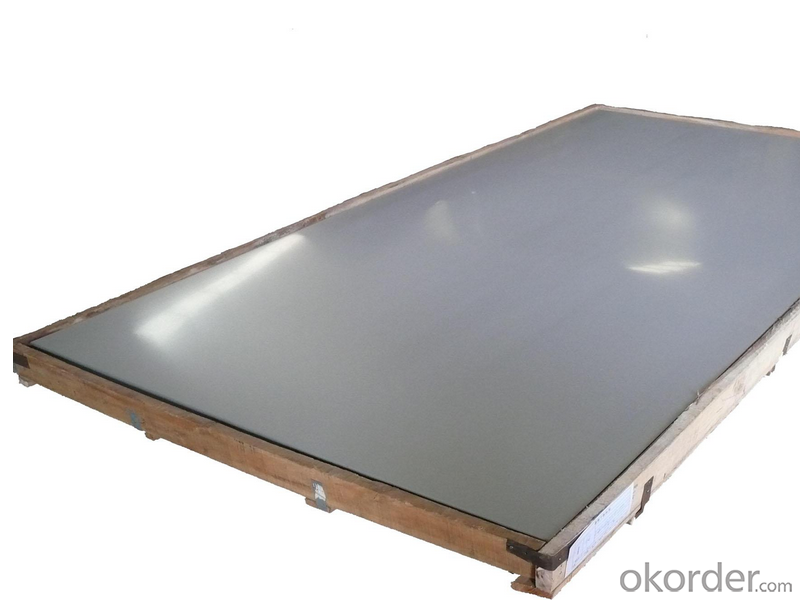
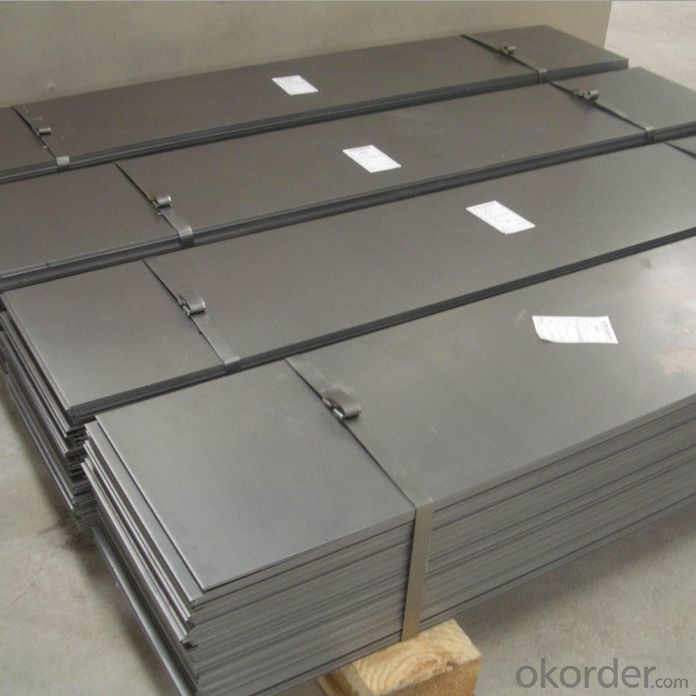
4. Stainless Steel Plate Specification
Product Name | ASTM Standard 200,300,400 Series Stainless Steel Plate |
Standard | JIS AISI ASTM GB DIN |
Grade | 200/300/400 Series |
Thickness | 0.2mm-100mm |
Width | 100mm-2000mm |
Length | According to clients’ requirement |
Surface Finish | 2B ,BA ,8K ,NO4,NO2, NO1 ,Hair line ,EMBOSSED... |
Technique | Cold rolled ,Hot rolled |
Package | Seaworthy packing or as the consumers’ demand |
Application | Be used in manufacture of medical equipment, auto parts, heat-resistant kitchen utensils, electrical accessories , construction decoration ,etc |
5.FAQ of Stainless Steel Plate
①Who are you?
We are the manufacturer! We produce stainless steel products
with high quality & very competitive price!Please feel free to
contact us for more information!
②How long can we receive the product after purchase?
In the purchase of product within three working days, We will arrange the factory delivery as soon as possible. The pecific time of receiving is related to the state and position of customers.Commonly 7 to 10 working days can be served.
③How about your company?
A world class manufacturer & supplier of castings forging in Stainless Steel Sheet,is one of the large-scale professional investment casting production bases in China,consisting of both casting foundry forging and machining factory. Annually more than 8000 tons Precision casting and forging parts are exported to markets in Europe,America and Japan. OEM casting and forging service available according to customer’s requirements.
- Q:How are steel strips processed for gasketing?
- Steel strips are processed for gasketing through a series of steps to ensure they meet specific requirements for gasket production. First, the steel strips are received in the desired width and thickness. The strips are then inspected for any defects or surface imperfections that could affect the quality of the gaskets. Next, the steel strips undergo a cleaning process to remove any dirt, oil, or other contaminants. This is important to ensure proper adhesion and bonding during the manufacturing process. The strips are typically cleaned using a combination of chemical cleaning agents, mechanical scrubbing, and rinsing. After cleaning, the steel strips are usually annealed to improve their ductility and reduce internal stresses. Annealing is a heat treatment process that involves heating the steel strips to a specific temperature and then slowly cooling them. This helps to soften the strips and make them easier to form into gaskets. Once the strips are annealed, they are then cut into the desired length for gasket production. This can be done using various cutting methods, such as shearing or slitting, depending on the requirements of the gasket design. After cutting, the steel strips may undergo further processing, such as stamping or punching, to create specific shapes or features required for the gaskets. This step is crucial for ensuring accurate dimensions and precise fit of the gaskets. Finally, the processed steel strips are typically coated with a protective layer, such as zinc or other corrosion-resistant materials, to enhance their durability and longevity. This coating helps to prevent rust and corrosion, which could compromise the performance of the gaskets. In conclusion, steel strips for gasketing are processed through a series of steps including inspection, cleaning, annealing, cutting, shaping, and coating. These processes are essential to ensure the steel strips meet the required specifications and provide reliable sealing properties in various applications.
- Q:How do steel strips compare to steel sheets?
- Steel strips are narrower and thinner than steel sheets. They are typically used for applications that require flexibility, such as in the manufacturing of automotive components, appliances, and electrical equipment. Steel sheets, on the other hand, are larger and thicker, making them suitable for structural applications such as construction, shipbuilding, and manufacturing of heavy machinery. While both steel strips and steel sheets are made of the same material, their dimensions and intended uses differ significantly.
- Q:How do steel strips perform in terms of chemical stability?
- Steel strips have excellent chemical stability, as they are highly resistant to corrosion and chemical reactions. They maintain their structural integrity even in harsh environments, making them a reliable and durable material for various applications.
- Q:Can steel strips be used in the production of kitchen utensils?
- Yes, steel strips can be used in the production of kitchen utensils. Steel is a common material choice for utensils due to its strength, durability, and resistance to corrosion. Steel strips can be shaped and formed into various kitchen utensils like knives, spoons, forks, and spatulas, providing a reliable and long-lasting option for culinary purposes.
- Q:What are the heat treatment options for steel strips?
- Some common heat treatment options for steel strips include annealing, quenching, tempering, and case hardening.
- Q:What are the safety protocols for handling steel strips in a warehouse?
- The safety protocols for handling steel strips in a warehouse typically include wearing appropriate personal protective equipment (PPE) such as gloves, safety shoes, and eye protection. Workers should be trained in proper lifting techniques to avoid back injuries and should use lifting equipment like cranes or forklifts, if necessary. Steel strips should be stacked and stored securely to prevent them from toppling over and causing injuries. Regular inspections of the storage area should be conducted to identify any potential hazards or damage to the strips. Overall, the key safety protocols involve proper training, PPE usage, secure storage, and regular inspections to ensure a safe working environment.
- Q:How are steel strips used in the manufacturing of storage racks?
- Steel strips are commonly used in the manufacturing of storage racks due to their durability and strength. These strips are typically formed into various shapes and sizes to create the framework and support structure of the storage rack. They are often used as the upright posts, horizontal beams, and cross braces that provide stability and load-bearing capacity to the rack. Steel strips are known for their high strength-to-weight ratio, which makes them an ideal choice for storage racks that need to hold heavy loads. The strips are often made from high-quality steel alloys that can withstand significant weight and pressure without bending or warping. During the manufacturing process, steel strips are cut, shaped, and welded together to form the desired rack structure. The strips are often coated with protective finishes or paints to prevent corrosion and extend their lifespan. They can also be galvanized to provide additional resistance against rust and other forms of degradation. Once the rack is assembled, the steel strips provide a sturdy and reliable framework that can support a wide range of items. These racks are commonly used in warehouses, retail stores, and other industrial settings to store and organize goods. The steel strips ensure that the rack can withstand the weight of the stored items and remain stable, reducing the risk of accidents or damage. Overall, steel strips play a crucial role in the manufacturing of storage racks by providing the necessary strength and durability to support heavy loads. Their versatility and adaptability make them a popular choice in various industries where storage and organization are essential.
- Q:How are steel strips processed for interlocking?
- Steel strips are processed for interlocking by undergoing a series of steps including cutting, shaping, and forming. This involves using specialized tools and machinery to create precise interlocking patterns on the steel strips, ensuring a secure and seamless fit when they are interlocked together.
- Q:How do steel strips perform under extreme temperatures?
- Steel strips generally perform well under extreme temperatures. Steel has a high melting point and exhibits good thermal stability, making it resistant to warping, cracking, or losing its structural integrity even in high heat or cold conditions. However, at extremely high temperatures, steel strips may experience some thermal expansion, which could affect their dimensions. Additionally, prolonged exposure to extreme temperatures can potentially lead to oxidation or corrosion, reducing the steel's performance. Therefore, appropriate protective measures, such as coatings or alloys, may be necessary to ensure optimal performance in such conditions.
- Q:Can steel strips be used in the production of coins?
- Yes, steel strips can be used in the production of coins. Steel is a commonly used material for coin production due to its strength, durability, and resistance to corrosion. Steel strips are often used as the base metal for coins and are typically coated with other metals such as copper or nickel to enhance their appearance and protect against wear and tear. Steel strips are easily stamped or engraved with the desired design and can be efficiently produced in large quantities, making them a cost-effective choice for coin manufacturing.
1. Manufacturer Overview |
|
|---|---|
| Location | |
| Year Established | |
| Annual Output Value | |
| Main Markets | |
| Company Certifications | |
2. Manufacturer Certificates |
|
|---|---|
| a) Certification Name | |
| Range | |
| Reference | |
| Validity Period | |
3. Manufacturer Capability |
|
|---|---|
| a)Trade Capacity | |
| Nearest Port | |
| Export Percentage | |
| No.of Employees in Trade Department | |
| Language Spoken: | |
| b)Factory Information | |
| Factory Size: | |
| No. of Production Lines | |
| Contract Manufacturing | |
| Product Price Range | |
Send your message to us
Stainless Steel Plate ASTM Standard 200,300,400 Series
- Loading Port:
- China main port
- Payment Terms:
- TT or LC
- Min Order Qty:
- 50 m.t.
- Supply Capability:
- 1000 m.t./month
OKorder Service Pledge
OKorder Financial Service
Similar products
New products
Hot products
Hot Searches
Related keywords
